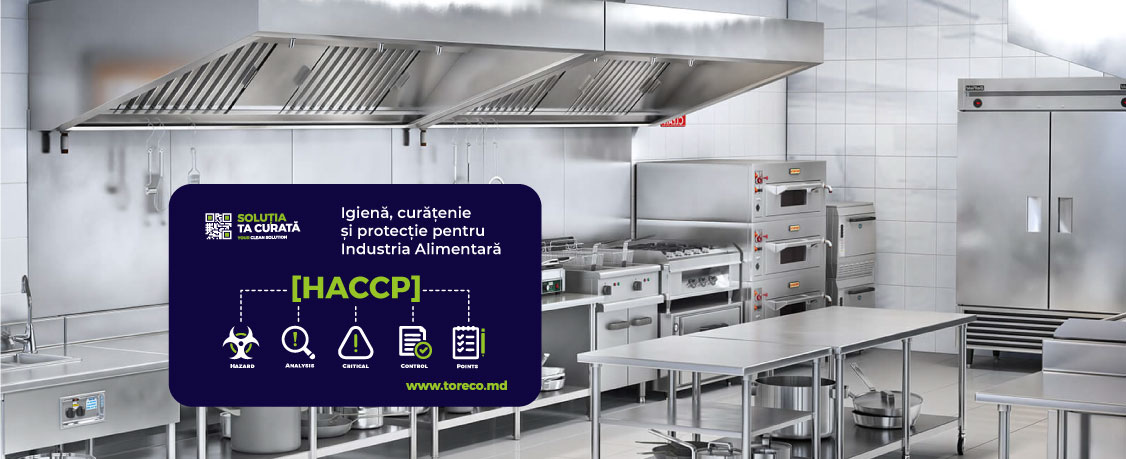
"Do you have an HACCP program in your facility?" - These are just a few pressing questions that any investor is asked. Food safety is a major concern for consumers, producers, and authorities alike. To ensure the quality and safety of food products, the food industry relies on a rigorous and efficient system called HACCP (Hazard Analysis and Critical Control Points). Regardless of the size of the food production unit, HACCP plays a crucial role in ensuring a supply of safe and healthy food.
HACCP is a preventive food safety management system that focuses on identifying, evaluating, and controlling hazards that may occur during food production processes. Its purpose is to reduce the risks that can lead to food contamination, such as bacteria, viruses, parasites, allergens, or chemicals.
The HACCP system was initially developed in the 1960s by NASA and Pillsbury Company to ensure the safety of food supplied to astronauts during space missions. Today, HACCP is used as a global standard for food safety and is utilized worldwide by food producers, hotels, restaurants, grocery stores, and other businesses in the food industry.
For an HACCP system to work, there needs to be commitment from business management. It also requires cooperation from all those involved in food preparation and handling, as well as the use of professional detergents and appropriate surface disinfectants. .
Here are some professional HACCP cleaning and protection products for the food industry:
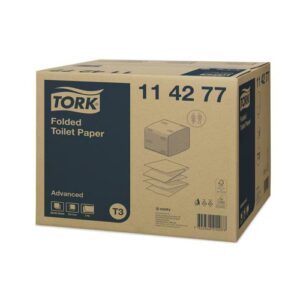
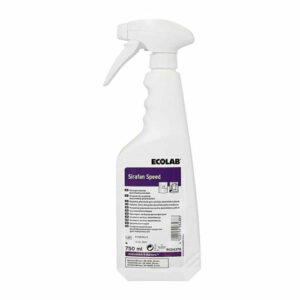
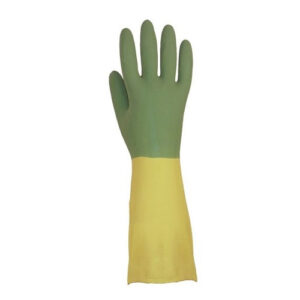

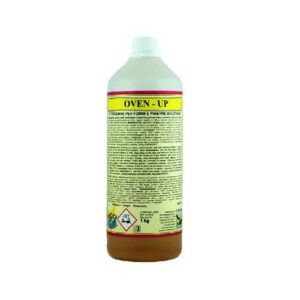
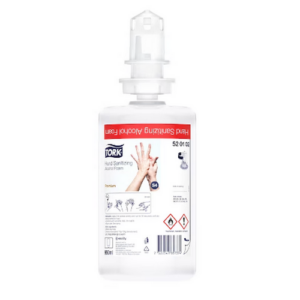
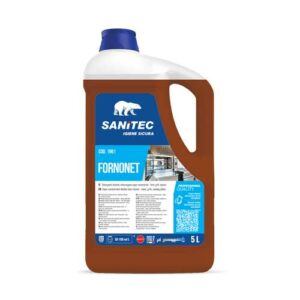


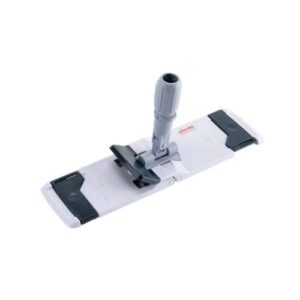
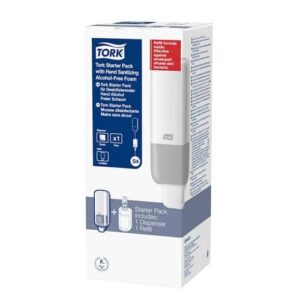
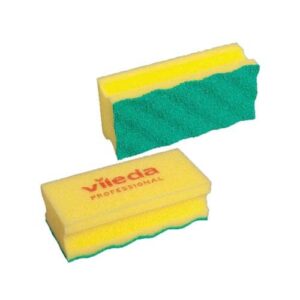
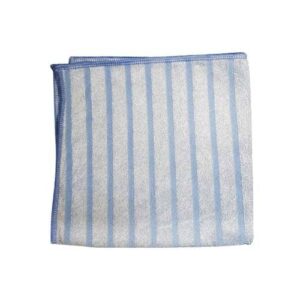
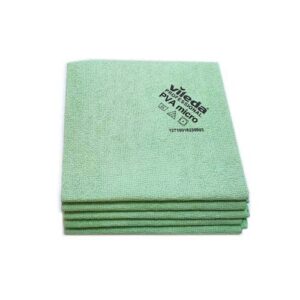
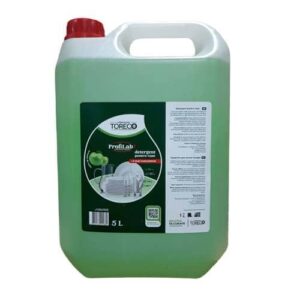
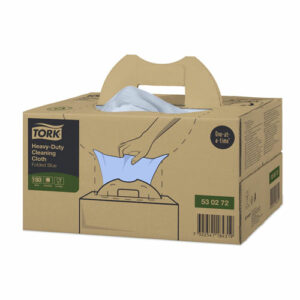
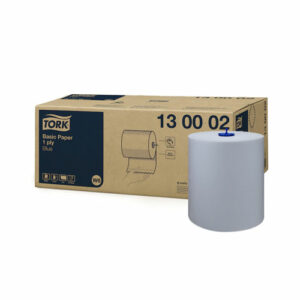
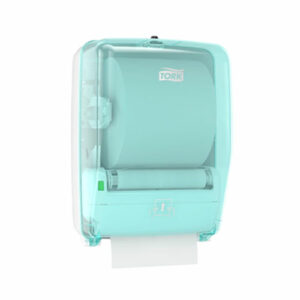
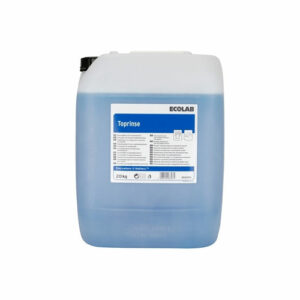
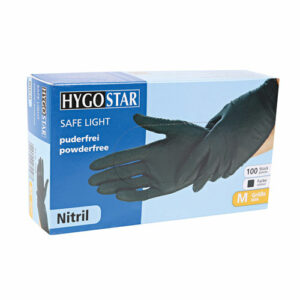
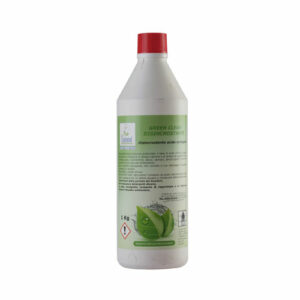



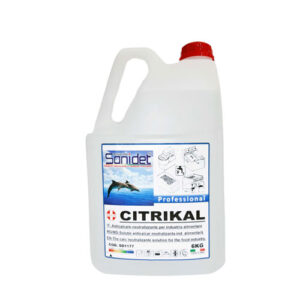
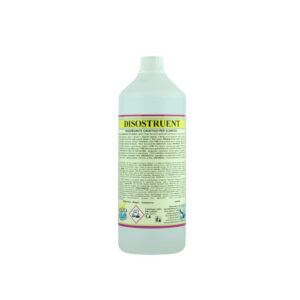
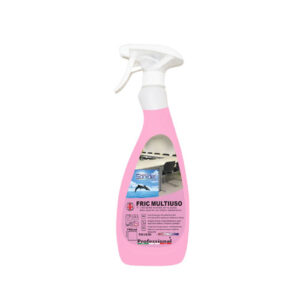
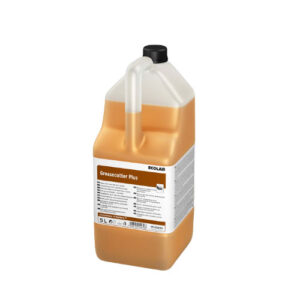
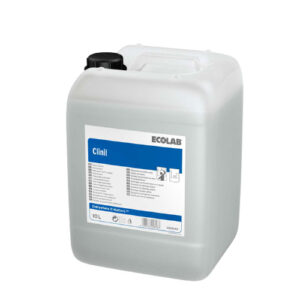
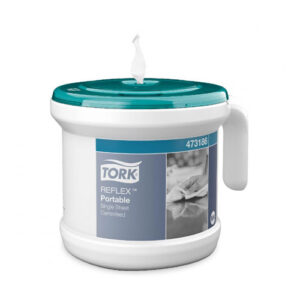
7 necessary steps for implementing an HACCP system:
Hazard Analysis: In this step, all potential sources of contamination, such as bacteria, viruses, toxins, and other hazardous substances that could end up in food, are identified.
Identifying Critical Control Points (CCPs): This step involves identifying critical points in the production process where risks can be prevented, eliminated, or controlled. These points include, for example, storage and preparation temperatures, cooking and cooling methods, personal and equipment hygiene.
Establishing Critical Limits: For each critical control point, critical limits such as temperature, cooking time, pH, or other parameters are established that must be adhered to in order to prevent or control contamination risks.
Implementing Monitoring Procedures: Monitoring procedures are established for critical control points to ensure that critical limits are regularly and systematically adhered to.
Establishing Corrective Actions: If the critical limit is not met, corrective actions are established and implemented to prevent or control the risk of contamination.
Implementing Verification Procedures: Verification procedures are implemented to ensure that the HACCP system is functioning effectively and that contamination risks are being managed appropriately.
Documentation and Record-Keeping: All stages of the HACCP system must be documented and recorded to ensure clear evidence of the production process and to facilitate auditing if necessary.
In conclusion, HACCP is an essential tool for any food production unit, regardless of size. Implementing and maintaining an effective HACCP system ensures food safety, protects consumer health, and enhances the company's reputation. By taking a proactive and systematic approach to hazard management, HACCP contributes to creating a safer food environment and maintaining consumer trust in the food products you produce.
Legea RM Nr. 296, Legea RM Nr. 306